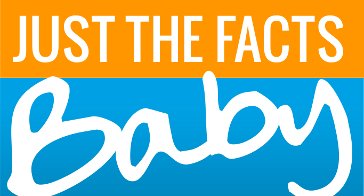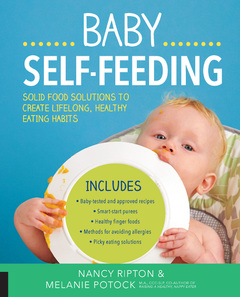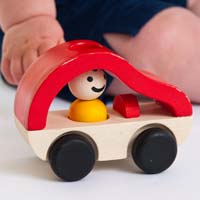What Should You Be Feeding Your One-Year-Old?
In This Article

Unfortunately weight gain is becoming an issue for kids as young as two. Learn about your baby's nutrition requirements early to start your child off on the right track.
Babies are introduced to solid foods at about six months of age. From this time to about 24 months, they will learn plenty about food – and it goes well beyond taste.
First it is just swallowing solid foods; then lumps, picking up pieces, then chewing or gumming. It takes a great amount of coordination, muscle development and motor skills for your baby to master these tasks. The best approach is to take things slowly and to wait for your baby to give you signals that she is ready. There is no need to rush this development process.
While babies are people, they are not little adults. Their dietary requirements are different than adults, and different than toddlers, preschoolers and adolescents. Unless your baby’s diet is under the supervision of a healthcare professional, it is not necessary to count calories or choose low-fat and non-fat foods.
In the past three decades, the number of overweight two-year-olds has doubled. Hurried lifestyles, the abundance of processed foods, and the lack of food focus by parents is creating unhealthy two-year-olds with poor eating habits and cheeks that are much too chubby. These statistics are alarming and should concern all parents. When your baby reaches 12 months old, you need to focus on some basic nutritional aspects.
Switching from Breast Milk or Formula to Milk
The fat and calcium found in breast milk, formula and dairy milk are essential for bone growth and brain development. While the requirement for fat reduces dramatically after two years old, the calcium requirement gradually increases through adolescence.
The American Academy of Pediatrics recommends breastfeeding your baby to 12 months old and the World Health Organization recommends to two years old. If you decide to wean your baby at 12 months old, you should wean them to 16 to 24 ounces of whole milk (preferably in a cup) per day. If you wean your child at two years of age, you wean them to 16 ounces of low fat (in a cup) per day. If your child is not being introduced to dairy products, it is very important that you introduce calcium-rich foods that will satisfy their calcium requirements.
If you were unable to or decided not to breastfeed, you should switch from formula to 16 to 24 ounces of whole milk per day when your child is 12 months old. If you have not already done so, this is also a good to transition from a bottle to a cup. At two years old, switch from whole milk products to 16 ounces of low fat milk products per day.
Unless recommended by a healthcare professional, toddler formulas and toddler nutrition drinks are not necessary. Many of these drinks contain large amounts of fat and sugar and are high in calories.





